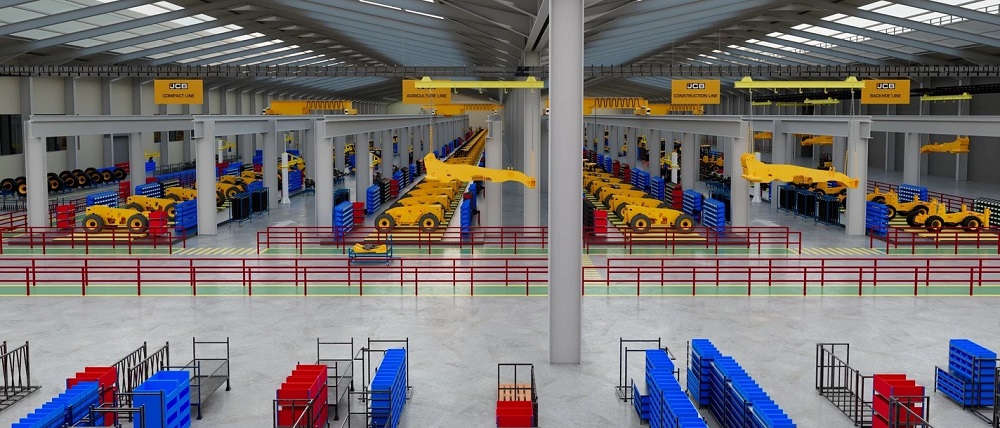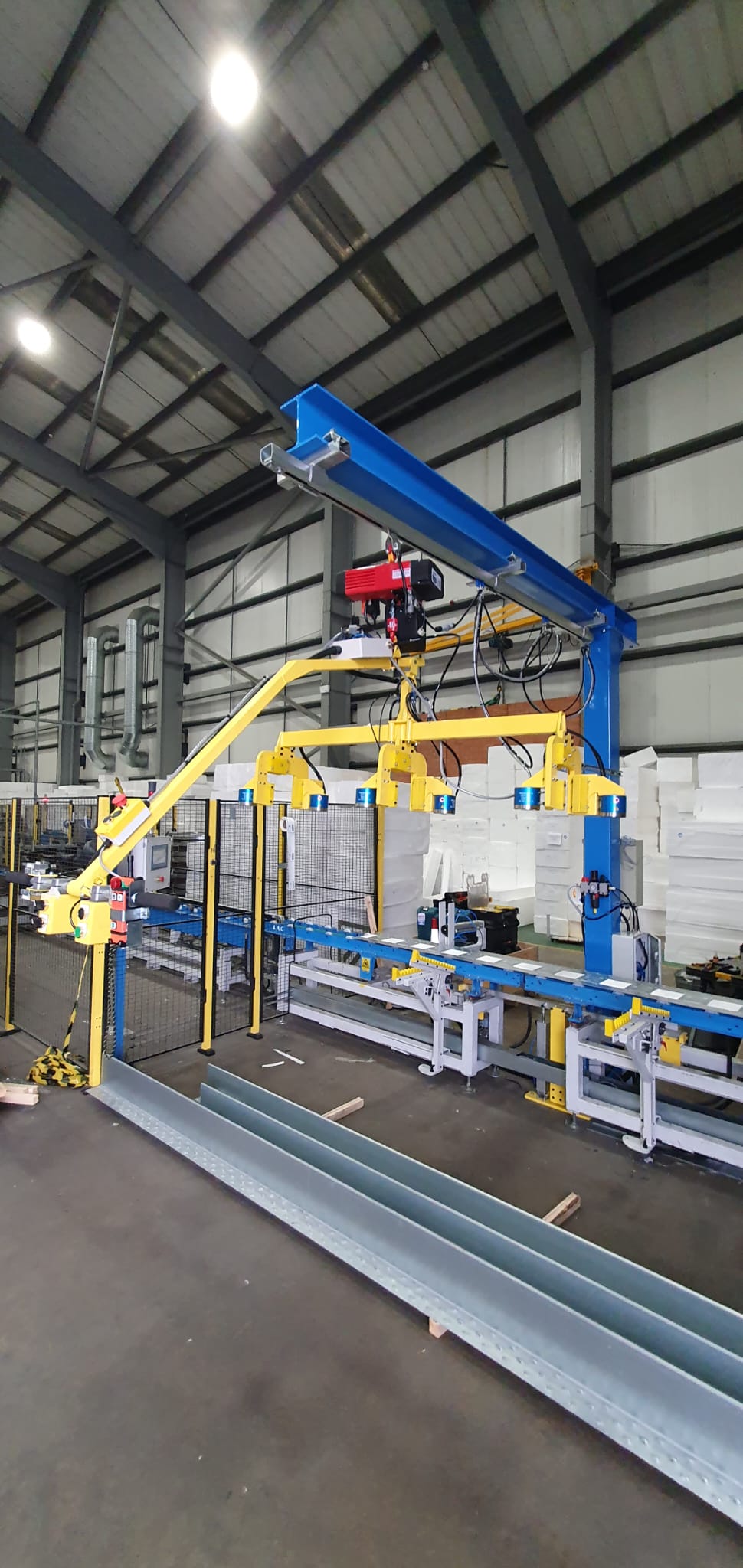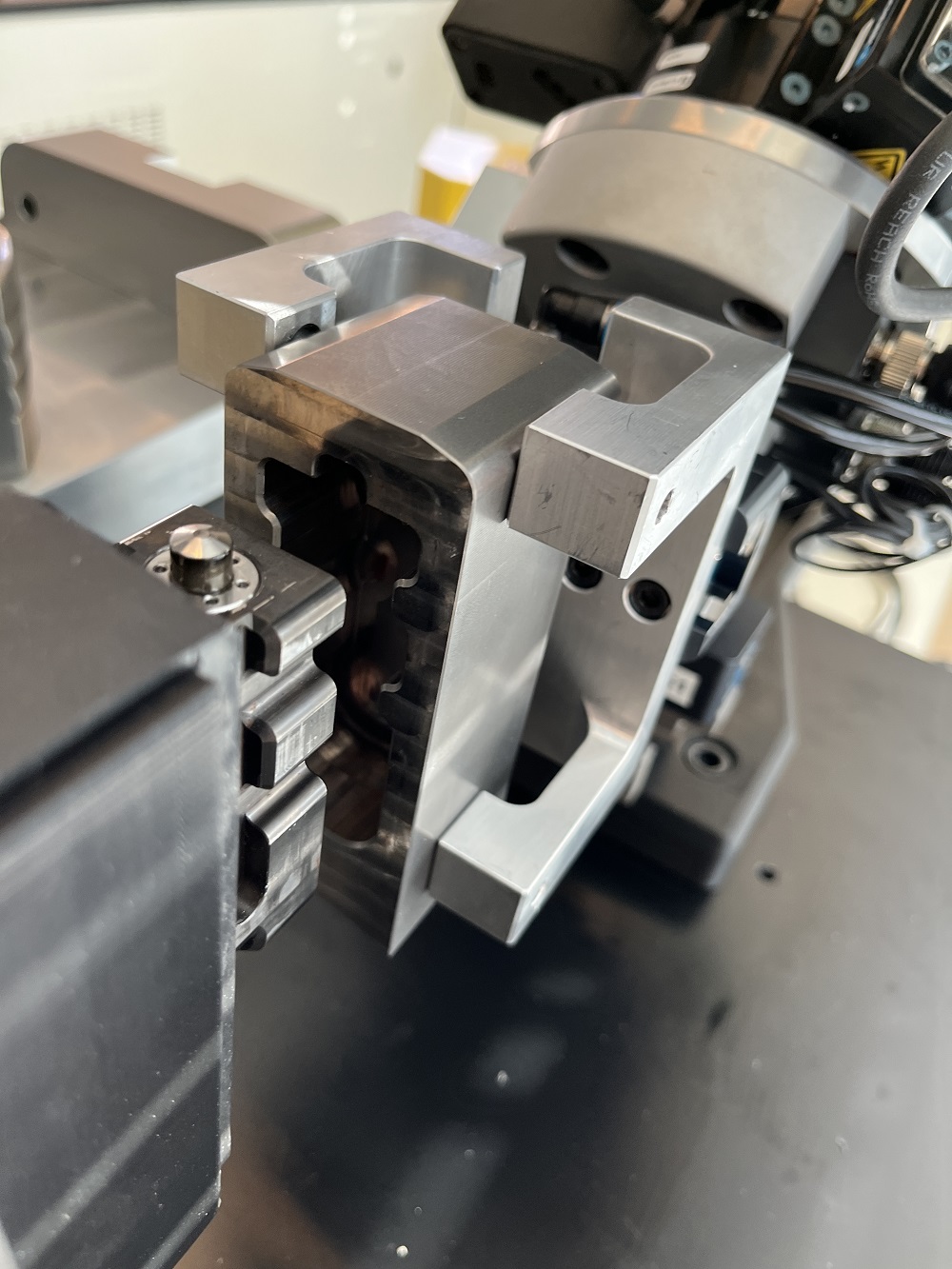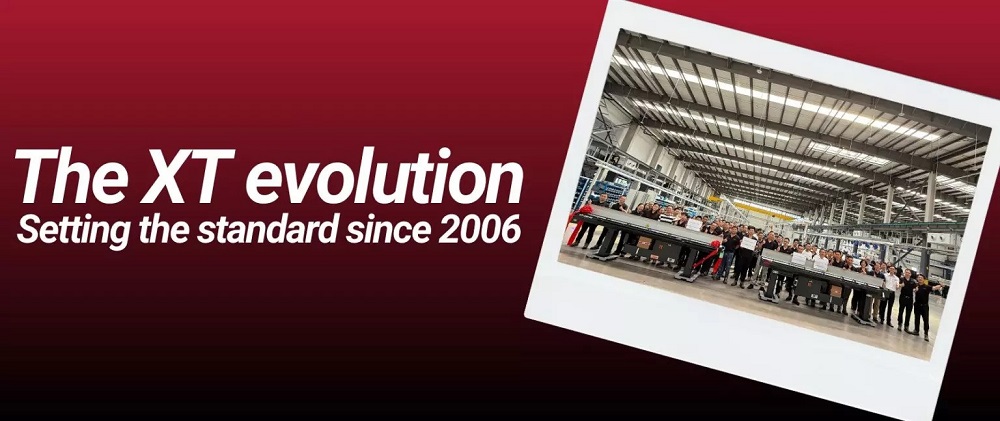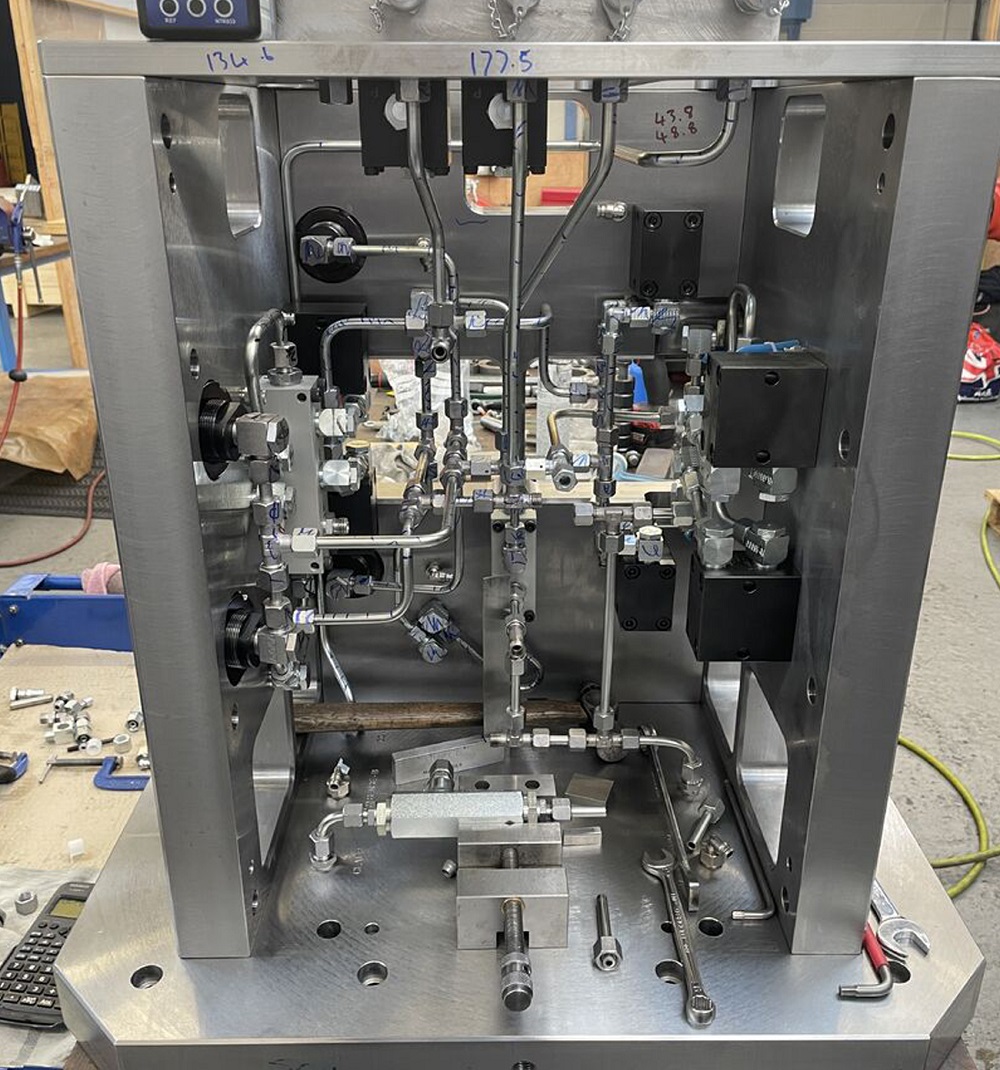For nearly two decades, the XT has been a cornerstone of LNS innovation and reliability. Since its introduction in 2006, more than 35,000 units have been delivered worldwide, supporting customers across multiple industries.
What began with just 99 machines in its first year quickly evolved into a global benchmark for quality and performance, reaching a record 3500+ units delivered in 2021. This remarkable journey reflects not only the strength of the XT, but also the trust and loyalty of customers who rely on it every day to boost productivity and precision.
Now, LNS is introducing the next generation featuring improved rigidity and guiding for enhanced precision, a redesigned internal front rest to optimise performance, and an extra 40 kg of mass for greater stability and durability.
This transition process posed a major challenge, requiring close collaboration between LNS teams and partners. Developed and produced in China, the new XT shows the growing strength and potential of LNS China. The project required high levels of innovation, yet the company’s Chinese team and partners carried it out smoothly, with no interruption in deliveries to customers.
This milestone highlights how LNS China is more than a production site: it is a driver of innovation and growth for the entire group. With its know-how, flexibility and strong local presence, LNS China is ready to support both domestic and global markets. While the XT shaped the history of LNS,its successor is ready to shape the future.
More information https://lns-group.com/






